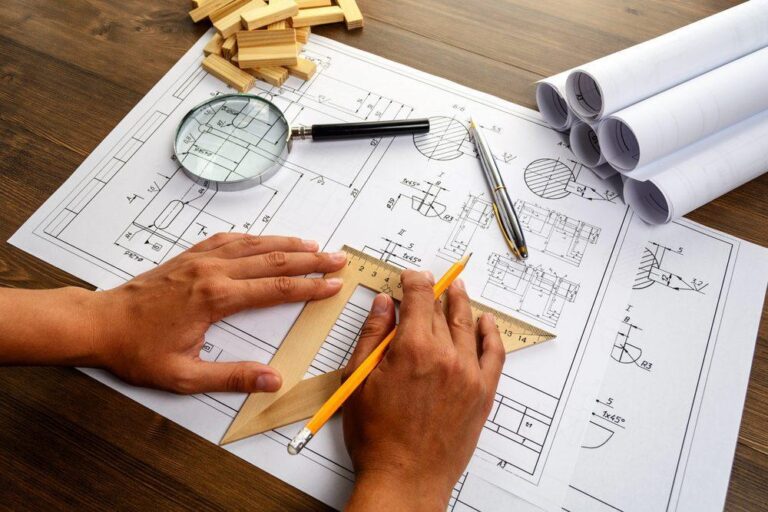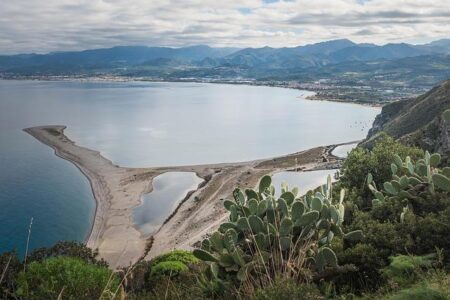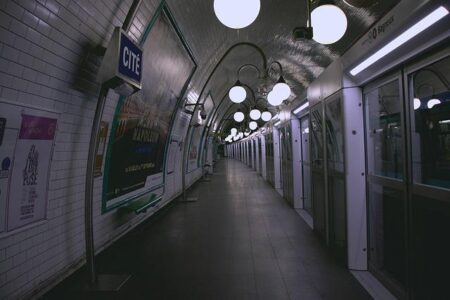Art and Engineering: The Creative Adaptation of Technologies in Renaissance Italy
In Renaissance Italy, a dynamic fusion of art and engineering sparked a revolution that transformed both creative expression and technological innovation. From the intricate designs of Leonardo da Vinci to the architectural marvels of Florence, artists and engineers collaborated to push the boundaries of what was possible. This intersection of disciplines not only redefined aesthetics but also laid the groundwork for modern engineering practices. A new feature on YaleNews explores how these visionary pioneers creatively adapted emerging technologies, blending artistic ingenuity with scientific inquiry to shape an era that continues to inspire.
The Fusion of Artistic Vision and Mechanical Innovation in Renaissance Italy
During the Renaissance, Italy became a crucible where the boundaries between art and engineering blurred, giving rise to innovative designs that were as functional as they were beautiful. Visionaries like Leonardo da Vinci didn’t merely create artworks; they envisioned complex machines and devices that harnessed the era’s newfound knowledge of mechanics, optics, and hydraulics. This period saw the emergence of intricate sculptures that incorporated movable parts, elaborate clockworks embedded in public squares, and architectural marvels built with precision and aesthetic harmony, reflecting a seamless integration of creativity and technical mastery.
The technological ingenuity of Renaissance artisans extended beyond mere invention and entered the realm of adaptation-reworking classical principles with fresh perspectives to solve practical problems. Noteworthy developments include:
- Enhanced water-lifting devices, improving urban infrastructure and agriculture.
- Innovative bridge designs that balanced structural integrity with visual elegance.
- Automata and mechanical toys, showcasing craftsmanship that delighted and informed simultaneously.
| Innovation | Purpose | Notable Figure |
|---|---|---|
| Flying Machine Designs | Exploring human flight possibilities | Leonardo da Vinci |
| Self-supporting Dome | Architectural stability and grandeur | Filippo Brunelleschi |
| Mechanical Lion | Court entertainment and engineering display | Leonardo da Vinci |
Unveiling the Legacy of Leonardo da Vinci and His Contemporaries
In Renaissance Italy, the synergy between art and engineering reached new heights through the pioneering efforts of Leonardo da Vinci and his contemporaries. These Renaissance polymaths did not merely blend disciplines-they redefined them. Leonardo’s meticulous anatomical sketches and innovative mechanical designs showcase a profound understanding of both aesthetics and functionality. His notebooks, filled with flying machines, hydraulic pumps, and war devices, reveal a visionary approach to technology, where creativity met practicality in unprecedented ways. Meanwhile, contemporaries like Michelangelo and Bramante pushed architectural boundaries, integrating engineering expertise with grand artistic visions to reshape Italy’s urban landscapes.
This era’s technological adaptation also relied heavily on collaborative exchanges between craftsmen, inventors, and artists. The period witnessed the emergence of specialized workshops where knowledge was transmitted across generations, fueling innovations that spanned from precision in sculpting techniques to advancements in metallurgy and mechanical engineering. Key elements included:
- Innovative use of perspective: Elevating both artistic representation and technical drafting.
- Development of new tools: Enhancing precision in both art creation and engineering tasks.
- Cross-disciplinary collaboration: Facilitating the fusion of scientific inquiry with artistic expression.
| Figure | Notable Contribution | Impact on Renaissance Tech |
|---|---|---|
| Leonardo da Vinci | Flying machine concepts | Inspired future aerospace engineering |
| Michelangelo | Architectural innovations | Revolutionized structural design |
| Bramante | Use of geometry in architecture | Enhanced spatial harmony |
Applying Renaissance Engineering Principles to Modern Creative Practices
Artists and engineers during the Renaissance period were pioneers of cross-disciplinary innovation-melding aesthetics with mechanics to push both artistic expression and technological functionality forward. Modern creatives can draw inspiration from their iterative approach, which involved detailed observation, experimentation, and the adaptation of existing technologies for new purposes. This synergy resulted in breakthroughs such as Leonardo da Vinci’s flying machines and architecturally sculpted catapults, revealing how blending art with engineering principles can lead to groundbreaking outcomes.
Today’s creative fields benefit immensely from this Renaissance mindset by emphasizing:
- Holistic design thinking: Integrating form and function seamlessly.
- Prototyping and rapid iteration: Testing ideas in tangible ways before finalizing projects.
- Collaborative innovation: Bridging disciplines and sharing knowledge creatively.
| Renaissance Principle | Modern Adaptation | Creative Outcome |
|---|---|---|
| Observation of Nature | Biomimicry in design | Eco-friendly architecture |
| Mechanical Ingenuity | Interactive installations | Immersive art experiences |
| Multidisciplinary Collaboration | Cross-functional creative teams | Innovative product development |
Key Takeaways
As the Renaissance sparked a profound fusion of creativity and innovation, the collaboration between artists and engineers in Italy not only redefined the boundaries of both fields but also laid the groundwork for modern technological advancements. This dynamic interplay continues to inspire contemporary thinkers, reminding us that the marriage of art and engineering remains a powerful catalyst for progress. YaleNews will keep following these intersections as they evolve, highlighting how the legacies of Renaissance ingenuity still resonate in today’s creative and scientific endeavors.




